|
Also available on Switch, PlayStation 4, PlayStation 5, Xbox Series X, and Windows Until Dawn is on of my favorite horror experiences specifically because of how it handled player agency and choice throughout the game. When I heard that the creators of Until Dawn were making a series of shorter horror games, then, I was super excited. I then promptly put off buying them for years until Man of Medan ended up on Game Pass. Now I'm probably to dive headfirst into the rest of the Dark Pictures Anthology series. Like Until Dawn, The Man in Medan follows a series of protagonists - five in this case - shifting perspective repeatedly throughout the game. The game isn't long, but there is a TON of replay value here as your choices can have major impacts on the way the game plays out. You can have everyone survive to the end, or you can have no one survive to the end, and from what I've read online, there are over a dozen different endings when you include variations of who survives. Some choices are pretty minor whereas others are major game-changing decisions, and it's often not clear into which category any given decision will fall until after you've made your choice. There's also no reloading a save to fix a screw up here as the game is constantly saving; once you make a decision, you have to live with the consequences of that decision no matter what those consequences may be. That right there is what makes this game so intriguing for me. There's no real way to cheese the system; if you want to see everything this game has to offer, you've got to just buckle down and play through it repeatedly. Fortunately, this is a pretty short game - probably five hours total - so it's not an especially massive time investment if you're just going for the major endings rather than the minor variations. The visual and auditory presentation is absolutely stunning here. This game doesn't even have a current gen optimization or upgrade, but it still looks breathtaking; my roommate walked in during one of The Curator's cut scenes, and he honestly thought it was a live action scene until I mentioned how good the graphics were and he realized it was CGI. The whole game looks absolutely incredible, and it's immediately apparent that Supermassive put all of their energy into making this as immersive a world as they could. The only thing that even slightly breaks my immersion is the somewhat awkward and clunky character movement, but the environments, character models, and story are all so well done that I hardly even noticed once I really got into the game. The basic premise of the game is that Alex, his younger brother Brad, his girlfriend Julia, and Julia's brother Conrad hire a woman named Fliss to take them to a specific spot in the Pacific Ocean to go diving where Alex is sure that there is a previously undiscovered plane wreckage from the WWII era. They eventually end up on the SS Ourang Medan (roughly translates to Man of Medan), a mysterious WWII era derelict freighter. Cue the spooky ghost stuff. Atmosphere is the name of the game here as far as horror goes, and just like Until Dawn, Supermassive knocks it out of the park. You get a glimpse of what happened on the Ourang Medan in the game's prologue, but nothing is really explained; I was able to piece together a few things, but I was still left with more questions than answers when the main story set in the present day picked up. As you make your way through the decrepit ship, everything about the environment serves to build tension. You'll hear creaks and groans as the old ship sways in the waves. You'll near rats squeaking and scurrying. You'll eventually start to see slight movement or vague figures in the corner of the screen, but as the game progresses, you become less and less sure of what's real and what's your characters' imaginations. Parts of the game are absolutely and truly scary, but the entirety is tense and foreboding. Even when the fear is in a lull, the general feeling of dread is not. Not everyone is going to dig the Man of Medan's gameplay style. It's not fast paced or supplemented by action like Resident Evil 8. It doesn't confront you with puzzles like Visage or Maid of Sker. It isn't making a grand point about society like Silent Hill or Outlast. It presents you with a story to participate in, and it lets you make of that story what you will through your choices and your own conclusions. There's something special in my opinion about the otherwise fairly pedestrian context the game's narrative as given since it's told as a frame story; you're sitting in The Curator's library as he tells you an unfinished story, and your choices determine how the conclusion plays out. If you're into choose your own adventure games or horror games in general, definitely make sure to check this one out, and if you enjoyed Until Dawn, this is an absolute must play. It's not a long game, but as is often the case with the games that impress me the most, it's not about the quantity of hours the game's playtime has but rather the quality of those hours, and the hours I spent on this game were top tier quality from start to finish. My Rating - AAlso available on PlayStation 4, PlayStation 5, Xbox Series X, and Windows Seven years ago, a first-person horror teaser called PT dropped on PlayStation 4 and turned the horror world on its head. While the game it was supposed to tease was cancelled and PT itself subsequently pulled from the PlayStation Store, it sparked a horror renaissance that saw a plethora of copy-cat games emerge and try to recreate that specific feeling of dread that PT evoked. Some of these were laughable attempts - the pathetic Apartment 666 on Steam - while others were absolute masterpieces like the god-tier Resident Evil 7. None quite emulated and even enhanced the experience and the terror quite as masterfully as SadSquare Studio's Visage, though. Visage follows a man name Dwayne Anderson. In the game's opening, you can see him shoot and kill his wife, son, and daughter before shooting himself. He then awakens, however, in a small and desolate room before exiting and finding himself back in his house. As he makes his way through the house, he starts to experience paranormal events that slowly chip away at his sanity. From there, the game is divided into four chapters. The first three chapters can be completed in any order and are initiated by interacting with a specific object that shows you the fate of the house's previous residents. The fourth chapter takes place through seven segments each of which are initiated by playing a VHS tape. These reveal elements of Dwayne's life, and going through each gives Dwayne a piece of a mask that triggers the ending cutscene. The game's story is deeply evocative, and the fact that it's told through glimpses into the lives of other people and other times gives players the feel that they're not experience the story of a person so much as the story and history of the home itself. Visage is an absolute exemplar of horror done right. There are some minor nit picks that I have with the game upon which I'll expand in a moment, but as far as the atmosphere, the tone, the story, and the overall sense of dread and terror, this game does everything right. It's probably the scariest game I've ever played and is the only game that's taken that title away from Outlast. On four separate occasions during my playthrough, I screamed like a girl and threw my controller, and that in itself proves that SadSquare knows exactly how to do jump scares. All too often, jump scares are overdone and used too frequently as a cheap substitute for making a game genuinely scary, but Visage uses them sparing to enhance the experience rather than fake it. The jump scares in this game are infrequent enough that you never start to expect or predict them, and they're timed and placed so perfectly that they always get the desired effect. With all the horror games I've played in my life (and that's a pretty substantial number), I've never seen a game use jump scares this masterfully. It's also extremely difficult, and I don't mean difficulty staying alive; some of the puzzles are straight up Myst levels of obscure and hard to figure out. I feel zero shame in admitting that I had to google what to do on more than one occasion. I, personally, don't consider this a bad thing at all as the feeling of helplessness and confusion adds to the tension of the game, but it's definitely worth noting that Visage will put your deduction and reasoning skills to the test. The only real issues I have with the game are extremely minor and are mostly proofreading issues. There are a number of places where the spacing is off in dialogue subtitles; a line will read something like "The doctors said therewas nothing they could dofor him." With only one or two exceptions, the sentence itself makes perfect sense and just in need of another pass of proofreading. There were a couple instances where either a translation was off, or the writer's brain just moved faster than their fingers and led to a nonsense sentence, but I only saw two or three instances of that in the entire game, and it was never in an important story piece. My only other criticism - and the only one that I think really matters - is that the game's physics can get a little wonky sometimes. There are a few instances where you have to carry a large object - a chair, a wooden plank, etc. - and walk through doors or narrow hallways. These objects can get stuck in the doorway or lodged into the wall of the walkway and just sort of stay behind. The game doesn't make you automatically drop them thankfully, but it can take some jiggling and finagling to get the object where it needs to be. Sometimes this even happens in very small tunnels and crawlspaces with objects like lighters (these are important since darkness lowers your sanity). It's not a major issue as it never caused me to die or become stuck or anything, but it definitely is an annoyance. Visage is one of the most impressive horror games I've ever played, and that's especially true when you consider that this is an indie studio's first game, and it got its funding from Kickstarter. As great as those series are, no big budget horror game in the Resident Evil, Silent Hill, or Fatal Frame series has ever scared me the way Visage did. The timing and sparing use of the jump scares, the subtle touches with the atmosphere of the house, and the random occurrences of the paranormal events rather than pre-scripted events all combined to make a true horror masterpiece. I rarely give games with identifiable issues a perfect S score, but between the issues' being pretty minor here and the absolute master class in video game horror that Visage represents, I couldn't not give this game a perfect score. This is, without a doubt, the finest example of video game horror that I've ever experienced. My Rating - SAlso available on PlayStation 3, PlayStation Portable, and PlayStation Vita Parasite Eve is a game that I’d been meaning to play for a long time considering what a classic PlayStation game it is. It’s one of those games that just stayed on my backlog, though, for one reason or another. Another game that I was more excited about came out, or I got sucked into a book, or I got busy with work; it was just one of those games where life always seems to get in the way. My interest in the game spiked when Bring Me the Horizon’s god-tier song entitled Parasite Eve came out inspired by the game. Between how killer that song is and how sick the music video is, I knew I had put it off for too long. I finally got around to playing through it for Halloween 2021, and while I don’t think it was quite as good as its legacy suggests, it’s definitely a solid game, and I understand why it’s usually held as a PlayStation classic. Parasite Eve is ostensibly a horror game, and I can see why it gets that label, but it’s definitely not horror in the same way that Silent Hill or Resident Evil is. It’s fairly consistently creepy, but it was only occasionally scary. The music and environments were, for the most part, not all scary. Still, though, the story definitely fits the bill. The game’s narrative blends actual science with science fiction. The basic premise is that the mitochondria, the cellular organelle responsible for cellular respiration and energy production, is actually an ancient organize that developed a symbiotic relationship with the host organism hence the difference between mitochondrial DNA and nuclear DNA; the host provides the mitochondria with food and protection, and the mitochondria provides the host with energy. The game opens with the lead actress in a play singing as the entire audience spontaneously combusts, and you get your first view of the power of the antagonist of the game, “Mitochondrial Eve.” In actual science, there is a “Mitochondrial Eve,” although she actually has nothing to do with magic parasites or anything; the term simply refers to the most recent common female ancestor of all currently living humans as determined by mitochondrial DNA as that’s inherited from the mother (although recent research has shown that mitochondrial DNA can possibly be inherited from the father as well, the game is more than 20 years older than that study, so we’ll ignore that). The game’s progression is broken into six chapters to which the game refers as “days,” although since Day 6 is just the final boss, there’s really only five chapters’ worth of content. As far as gameplay mechanics goes, it’s sort of reminiscent of Final Fantasy VII in that the camera angles are fixed, but battles can occur randomly, and the battles are done in a sort of pseudo-real time setup where you and the enemies move around in real time, and you can attack whenever your action meter fills. Unlike Capcom’s and Konami’s PS1 horror classics, Parasite Eve takes an RPG approach here; as you defeat enemies, you gain experience. When you level up, your various stats - the most important of which are your hit points and parasite points - increase. You also get access to more parasite powers - basically the game’s magic spells - as your level increases. Combining these stat increases with upgrading or swapping out your equipment is the key to success. Parasite Eve was a bit of a slow burn for me, and took me a little while to really get into the game, but once I did, I was fairly invested in the story. I never reached the level of hooked that had me salivating to get home and fire up my PS1, but I was definitely interested in the game and wanted to finish it. I’m not sure I’d call this a “must play” for all PS1 owners, but it’s definitely worth giving a shot if you’re into classic horror games. Just make sure that you go into the game knowing what it is and what it isn’t, and keep your expectations appropriately tempered. I was a bit let down when I first started because I didn’t know what type of gameplay I was going to get, so I had been expecting a tense horror game with overworld encounters like Resident Evil or Silent Hill. Parasite Eve is absolutely a good game, but it’s definitely not your typical horror experience. My Rating - BFor four years, we Metroid fans have waited for a new game (Federation Force definitely doesn't count). For eleven years, we've waited for a new game on a home console. Finally, Nintendo has seen fit to grace us with a new game, and considering that Mercury Steam - the folks who did Samus Returns on 3DS - developed Metroid Dread, my expectations were pretty high. Not only did Dread manage to meet my expectations, but it handily surpassed every single one. Dread is the fifth entry in the main Metroid series following Metroid, Metroid II, Super Metroid, and Metroid Fusion; and it picks up shortly after the events of Fusion. Samus has received a video of an X parasite - the nemesis from Fusion that was thought to be extinct - and, after the Federation loses contact with the robots it sent to investigate, she must rush to the planet from which the video originated and investigate for herself this allegedly resurrected threat to galactic peace. Just like Bill Gates and vaccines, though, you should know never to trust a robot with which you mysteriously lost contact. A lot of folks online have complained that as a 2D game, Metroid Dread isn't worth $60. These people have clearly never actually played the game. If you do, it becomes immediately apparent why the game commands a full retail premium (in addition to the fact that the Metroid IP carries a certain inherent value). Most immediately is the fact that the game looks absolutely gorgeous. Despite being a handheld system that outputs to the TV without any HDR support and often failing to hit a native 1080p, Metroid Dread looks phenomenal especially in the cutscenes. As you get into the game itself, you'll start to notice how smooth and precise the controls are. Nothing feels janky, and you'll never find yourself frustrated at bad enemy hit detection or missing jumps you definitely should have made; the game's mechanics are polished to near perfection here. The bosses, as well, are an absolute master class in game design. At no point does any boss ever feel unfair; they can be extremely difficult, and you'll probably die a lot when you first encounter a new boss, but it's always very clear that it's your fault and not due to a cheap attack or a BS hitbox. With all that said, the game isn't quite perfect. The EMMIs, the robots that serve as your big scary enemy for most of the game, fail to deliver the scary impact reminiscent of Mr. X or Nemesis from Resident Evil like they feel as if they were designed to do. Instead, they just end up being frustrating. They're ridiculously annoying to navigate around without getting caught, and the last couple that you have to fight are an absolute pain in the ass to destroy. They never feel frightening, though. Just infuriating. Fortunately, that's the only real complaint I have with the game, but given how terrifying the trailer made them seem and the fact that it released in Spooptober, I was hoping for a bit of a horror-tinted Metroid. Metroid Dread may not be a perfect game, and I don't think it quite lives up to the high bar that Metroid Fusion set, but it's definitely a SOLID game that an absolute must-play for Switch owners. Aside from the EMMIs, there's not a single aspect of this game that I thought was poorly designed. In a sea of indie games that, while good, often show their low budgets with off-putting hit boxes and shoddy platforming mechanics, it's really refreshing to see a superb AAA 2D game that reminds people that yes, 2D platformers can absolutely be good enough to justify a full retail price. If you've got a Switch, you need to play this game. My Rating - AAlso available on Xbox One, PlayStation 4, PlayStation 5, Switch, and Windows Maid of Sker is my third horror game for October 2021, and it's my favorite of the three (the other two being Blair Witch and The Medium). Based on Welsh folklore, Maid of Sker is like a love letter to and an amalgamation of some of some of my favorite horror games all wrapped up in a setting that doesn't get enough love in my opinion - Victorian Wales. The game opens with the protagonist, a fellow named Thomas, riding a train to the Sker Hotel to meet up with his wife/betrothed/girlfriend/whatever following a concerning letter he received from her. He was asked to compose a "counter" song - one of four she had commissioned from four different composers - to a specific melody that she sent to him and to bring it to her in Sker. Complying with her request, he wrote the piece and raced to Sker, but when he gets there, he finds that something is off. The hotel is abandoned, and it's clear that some manner of malicious mishap has occurred. As he investigates the hotel, his wife communicates with him only through the system of phones in the hotel as she has locked herself in the attic for safety from the evidently mind-altered men roaming the hotel. Thomas must now brave the violent brutes as he searches for the other three pieces of the counter-melody and four golden cylinders that have the potential to alter the minds of a large number of people all at once. It's kind of a bizarre story, not gonna lie, but it's pretty interesting and definitely kept me wanting to know more. I mentioned that Maid of Sker is clearly influenced by a number of other games, and I personally think that's its greatest strength. The setting of a run down hotel has some serious Resident Evil vibes not to mention that you save by interacting with gramophones in safe rooms spread throughout the game's world. The gameplay that sees you avoiding and hiding from enemies with almost no way to fight back screams Outlast. The general atmosphere of the game and the design of the enemies are clearly inspired by The Evil Within and Silent Hill. A lot of people online throw around the term "rip-off" these games to describe games that borrow elements of games that came before it, but I think Maid of Sker strikes the perfect balance of being influence by a number of its genre predecessors while still managing to feel like its own thing, and that's not always easy to do. The story, while well written, takes a backseat to the atmosphere here. Very few horror games nail the atmosphere quite as well as Maid of Sker, and it's solidly creepy from start to finish while frequently bolting straight into downright scary. I audibly screamed numerous times through the game, and for someone who plays as many horror games as I do to be made to scream is a testament to the game's design. The music and overall visual design are fantastic, and while I enjoyed the story and the setting, the story is actually the weak point of the game; it gets pretty predictable pretty quickly, and never once makes you give a damn about the protagonist. The fact that the game still managed to impress me so much despite that given how story-focused a gamer I am, though, should speak volumes to how well-done the rest of the game is. The music nails that subtle "haunting" feel without making the mistake so many horror games do of trying to build tension through loud and often disorienting music; it's a lot harder to make a soundtrack haunting than intense, but if a composer can manage it, it will automatically elevate any horror game to the next level, and Maid of Sker is an exemplar of that. If you look at the critical reception of the game, you'll see that I disagree with most of the big reviews pretty heavily. Maid of Sker's reviews from the big names like IGN, Gamespot, etc. as well as its Metacritic aggregate scores are all middling, but I gotta disagree; I'm a big fan of this game and thoroughly enjoyed it. It's definitely got its flaws especially where the story is concerned, but as a spooky horror experience, I found it to be great. Not amazing, mind you, but solidly great, and the Victorian setting and basis in Welsh folklore just check all the right boxes for me. It's not going to be for everyone, and most of the complaints that the big reviewers had are truthfully pretty valid, but I think the sum here leaves a much better product than those reviews give it credit for. If you're a fan of horror games, do yourself a favor and play Maid of Sker. It probably won't knock most people's socks off, but I'm confident that you'll enjoy it and have no regrets with the time invested in a playthrough; I absolutely loved it. My Rating - BAlso available on Switch (cloud), PlayStation 5, OSX, and Windows When The Medium was announced, I was excited about it for a few of the right reasons and some of the wrong reasons. Obviously, I was excited for a new horror game because that's one of my favorite genres, but I was also excited that Xbox Series X would FINALLY have an exclusive game even if it took two months. No more of that cross-gen crap; this was a genuine only-on-Xbox-Series X exclusive. And then it got ported to PlayStation 5, so Series X is back, as far as I'm aware, to zero as far as exclusives go with everything either being Series X and Xbox One or Series X and PS5. Oh well, back to the matter at hand, The Medium would have been a pretty solid exclusive to system even if not a system seller. The Medium, like most games, takes a lot of inspiration from its predecessors in the genre, but it does so to pretty good effect. The premise of the game is that you're a medium (in case the title didn't give it away) who is investigating a mysterious call she received from a mysterious man who is mysteriously located in a mysterious Polish resort that was abandoned abruptly under mysterious circumstances. As she is a medium, she can not only sense but at times communicate with the spirits of the dead, so when she gets to the old Niwa resort, she very quickly realizes that the urban legend about the "Niwa Massacre" wasn't such an urban legend after all as the property is teeming with residual pain, grief, and rage along with the trapped spirits of the dead. As she investigates, she begins to learn that not only do her powers extend farther than she'd realized but that the spirit world poses more danger than she'd realized as well as aspects of her past that she'd long since forgotten thanks to the good old fashioned protagonist staple of "trauma-induced amnesia." The first thing that I noticed during the introductory hour or so is that, at least from a visual standpoint, there's no reason for this game not to be cross-gen. Don't get me wrong; I hate cross-gen games, so I'm thrilled that this is current gen only. I don't quite understand it, though; other than some fog effects, there's nothing here that looked like something the Xbox One couldn't do, and even with the fog effects, I've seen effects that look similar on Wii U and Switch, so I highly doubt those would have been beyond the Xbox One's capabilities, either. A few hours in, however, I realized what I think the reason is; the game is so badly optimized that it relies on the power of the Series X to brute force a decent performance. The frame rate would occasionally (although not frequently) dip, the game crashed to the dashboard a couple of times, and - most damning of all - there were numerous instances in which the textures would pop in a full ten seconds after the game loaded and I started moving and playing. Keep in mind, I'm playing nine months after release and with multiple gigabytes of update data installed. I can overlook the frame rate drops given how infrequent they were, and this is by no means the only Series X game that I've had crash to the dashboard, but the texture pop-in is just absolutely unacceptable especially when you consider how average the textures are; the Series X has more than enough system resources to handle it if the developers optimize the game properly. Of course, having to render everything twice for the split screen effect is a more likely explanation, but given that consoles have been doing split screen for 25 years, I'm skeptical that this too couldn't have been done on Xbox One with the right team. As is now apparent, there was a lot of The Medium that I found lacking, but that's not to say that I dislike the game. On the contrary, I thoroughly enjoyed it for the most part. The atmosphere gave me more of a mystery vibe than a horror vibe for the most part, but when it leaned into the horror, it was definitely well done although I'd still call it more "creepy" than "scary." The whole split reality aspect was really interesting, too, and while it took me a while to get the hang of moving through the physical world and the spirit world simultaneously, once I got a feel for it, it definitely made for a unique gameplay experience. Despite how impressive the split screen aspect was, though, the highlight for me was the story and the setting. The story itself and visual design of the world was fairly standard and gave me some HEAVY Silent Hill vibes, but the fact that the game took place in Poland in the late 1990s in an abandoned resort that had been built the Polish Communist Party as a "workers' resort" was absolutely perfect for a history teacher like me and immediately hooked me. Going through the resort, investigating the letters and journals left behind, and getting a feel for the general zeitgeist of mid-to-late Cold War Poland was a perfect recipe for keeping me interested. The Medium is neither a masterpiece of storytelling nor a marvel of technical game design, but it is an enjoyable horror game that's perfect for October. It's a real shame that the visuals are so standard and the performance disappointing because beneath the technical issues is a really solid game that horror buffs and fans of supernatural stories will eat up. Having been ported to PlayStation 5 along with its Series X and Windows releases means that everyone who's moved to the current generation can access this game, and I definitely recommend doing so. Just make sure that you keep your expectations in check and go in understanding that this isn't a AAA game. My Rating - BAlso available on PlayStation 4, Xbox One, Meta Quest, and Windows I'm a sucker for horror in general - movies, books, games, anime, everything - and I'm an absolute slut for the found footage subgenre of horror in cinema. As such, I absolutely adored Blair Witch Project despite the flaws. When I saw that there was a Blair Witch game on Switch, then, I immediately ordered a copy. Of course, I then put it on a shelf to sit untouched for nearly six months, but I finally got around to actually playing it. It's...well, it's not bad. You play as this Army veteran turned disgraced sheriff's deputy named Ellis as he joins the search party for a lost kid in the woods. As you search for the kid with your dog, Bullet, you start to notice that something isn't quite right. Clues found in plain sight that the rest of the search party somehow missed. Landmarks that no one else on the search party can seem to find when you try to meet up. Camcorder tapes left throughout the woods. As the psychological horror element of the game begins to pick up, that's when the game's one real strength starts to shine - atmosphere. The game doesn't really have more than a couple of enemy encounters until the end, and the ones it does have before that are super short, so you don't have the kind of horror that you get from Resident Evil or Outlast. For most of the game, it feels like if Myst were a horror game; you're just walking around, solving (pretty light) puzzles, and picking up clues here and there about the world and its lore. Unfortunately, the atmosphere is really all the game has going for it. The story is good, but it's not going to impress anyone as it's basically a non-Konami Silent Hill; the protagonist has some deep-seeded trauma and/or guilt, finds himself lost in a bizarre world of terror that doesn't play by the normal rules of physics, and he's forced to confront his inner demons. It's not bad, but it's not exactly reinventing the wheel here. What is bad are the visuals. Even the Xbox One footage I saw looked like a late-gen Xbox 360 game, and on Switch, it could pass for a PS3 launch title. I'm the poster child of "graphics aren't what matter in a game," but even I was playing this game while saying to my roommate, "Dude, look how ugly these textures are." It definitely looks a lot better on the more powerful platforms, but even there, it doesn't look good. Overall, Blair Witch is an enjoyable horror romp, and it's a solid pick to play during October for a spoopy game (hence why I played it when I did), but it's certainly not an exemplar of the game design or a pillar of the genre. The story is pretty standard, but the execution is solid, and the end of the game really picks up the adrenaline and mixes it well with the horror atmosphere. I can't say I'd recommend Blair Witch at the normal $30 price tag, but if you see it on sale for $20 or less and are a fan of horror games and don't mind a quasi-walking sim, I reckon it's worth it for that price. I enjoyed my time with it, and I certainly don't regret paying to import a Japanese copy for Switch (it has English subtitles) to have on my shelf, but it's a pretty mid-tier game all things considered. My Rating - B |
I'm a teacher.And I like to play video games. I like to collect video games. I like to talk about video games, and I like to write about video games. During the day, I teach high school history; during the night, I spend my spare time gaming. Then I write about it. Archives
April 2024
|
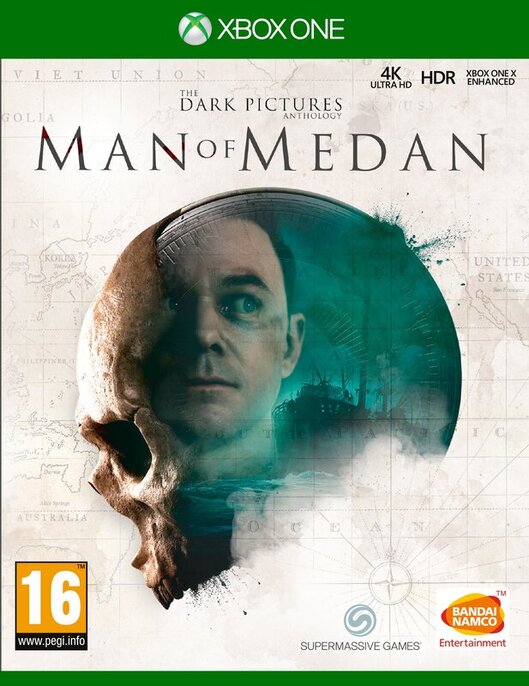
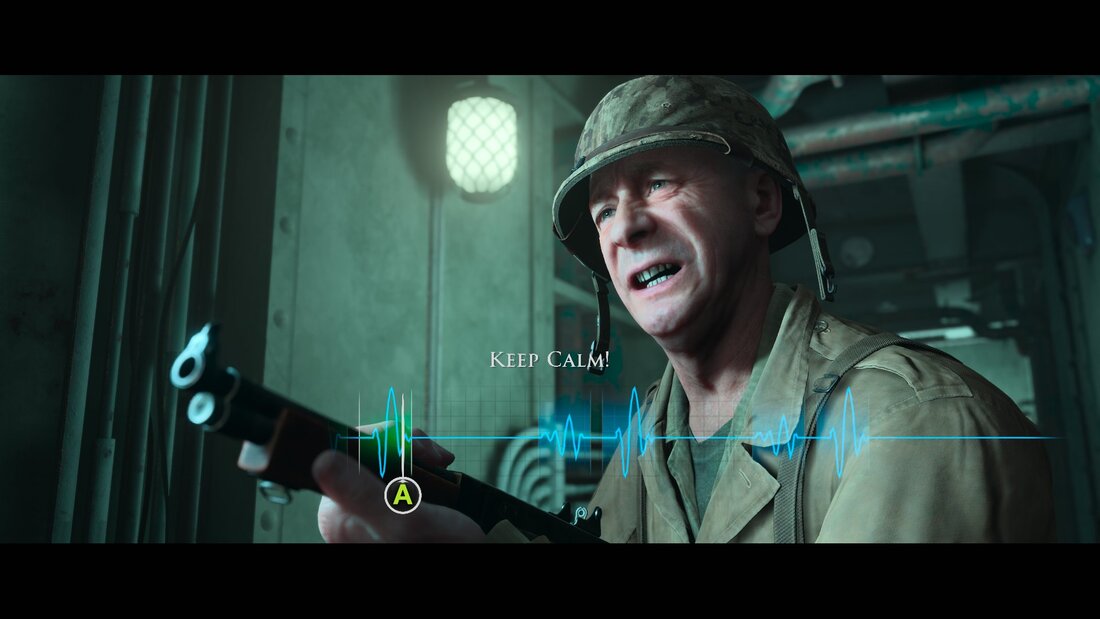
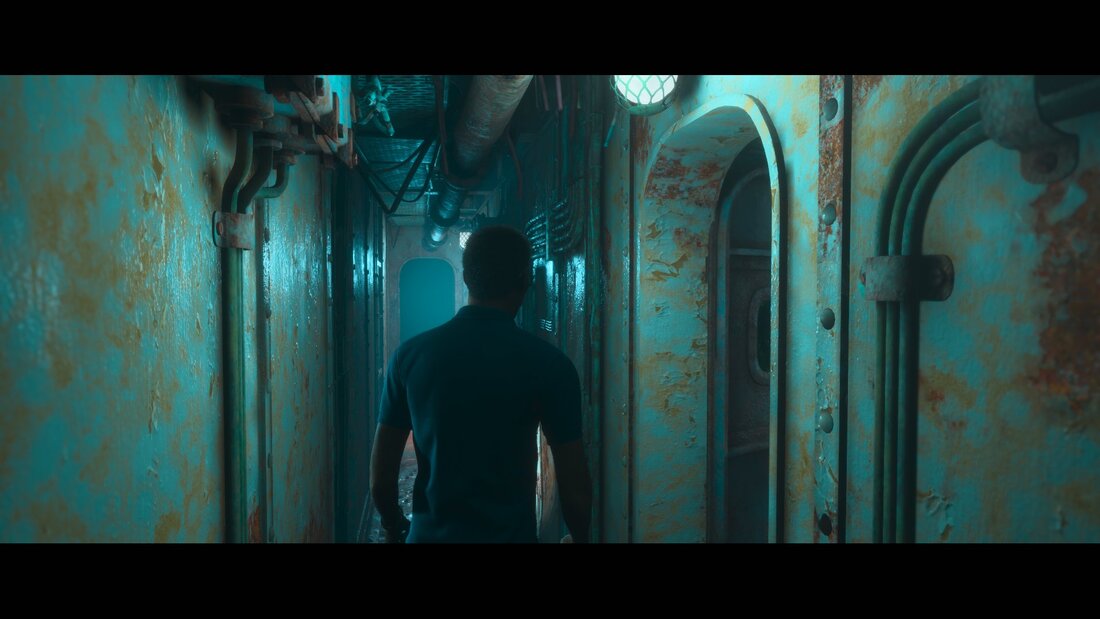
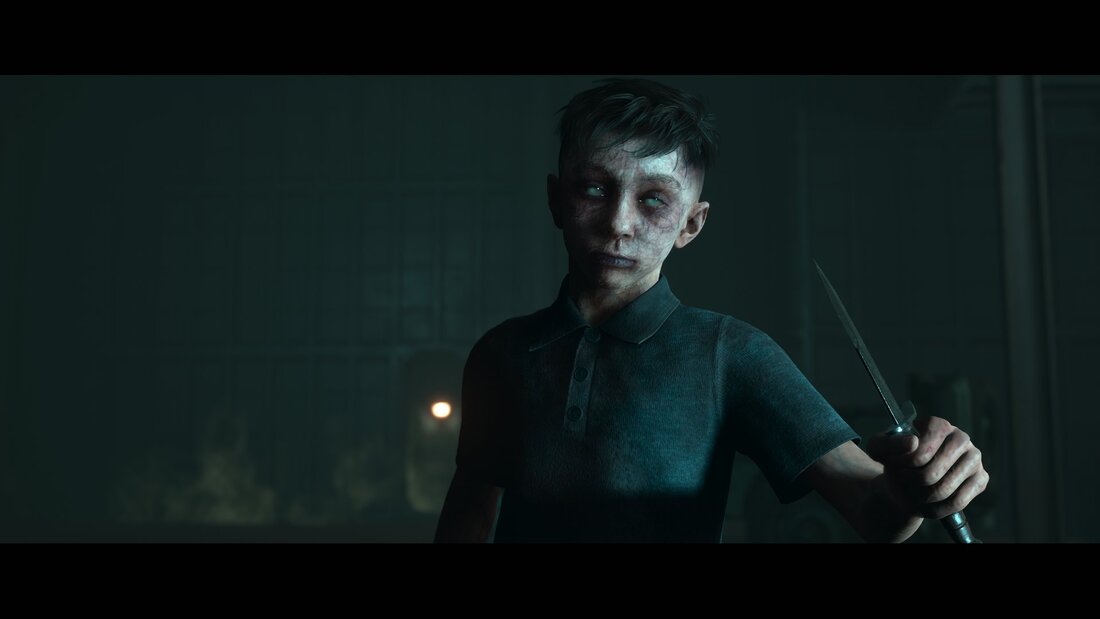
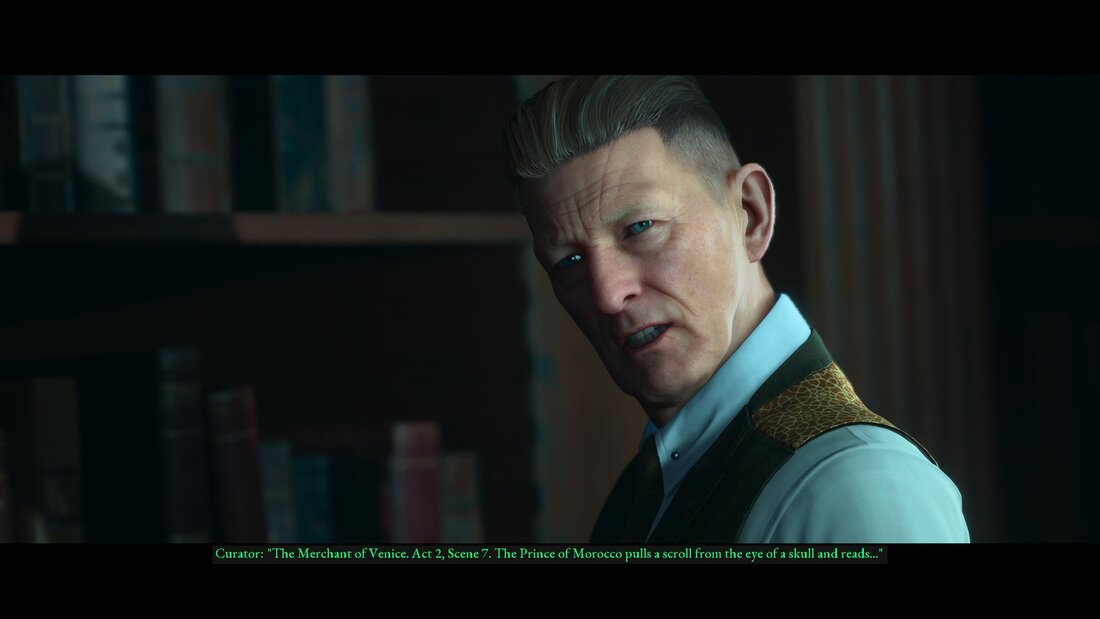

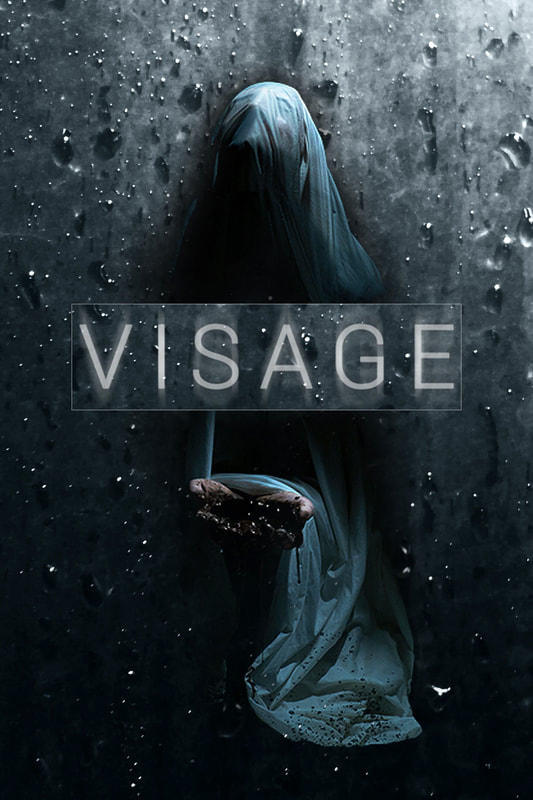
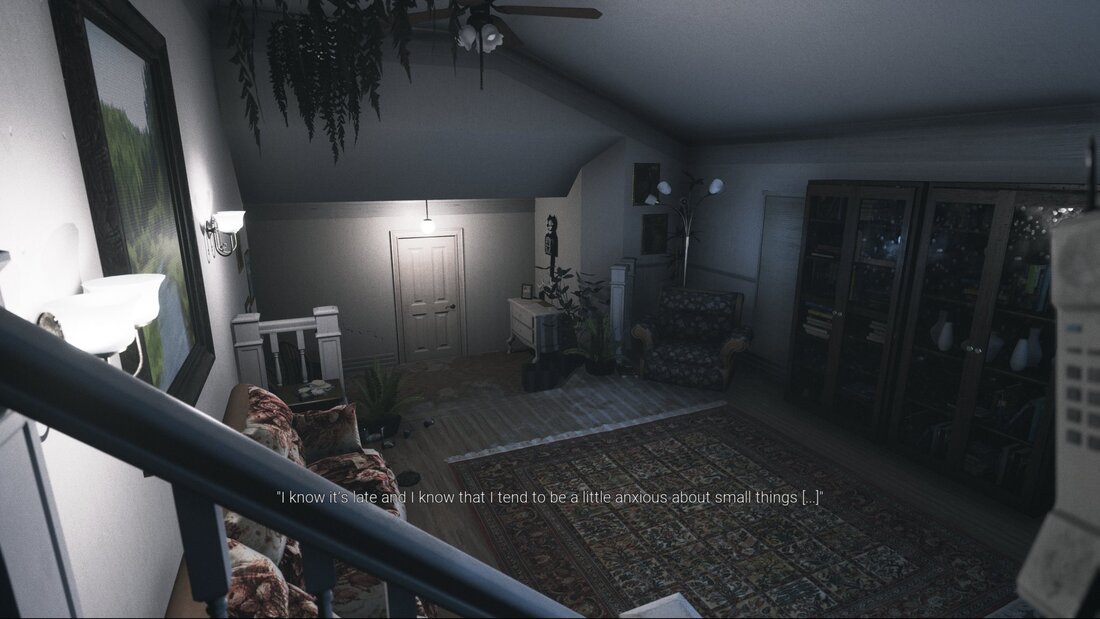
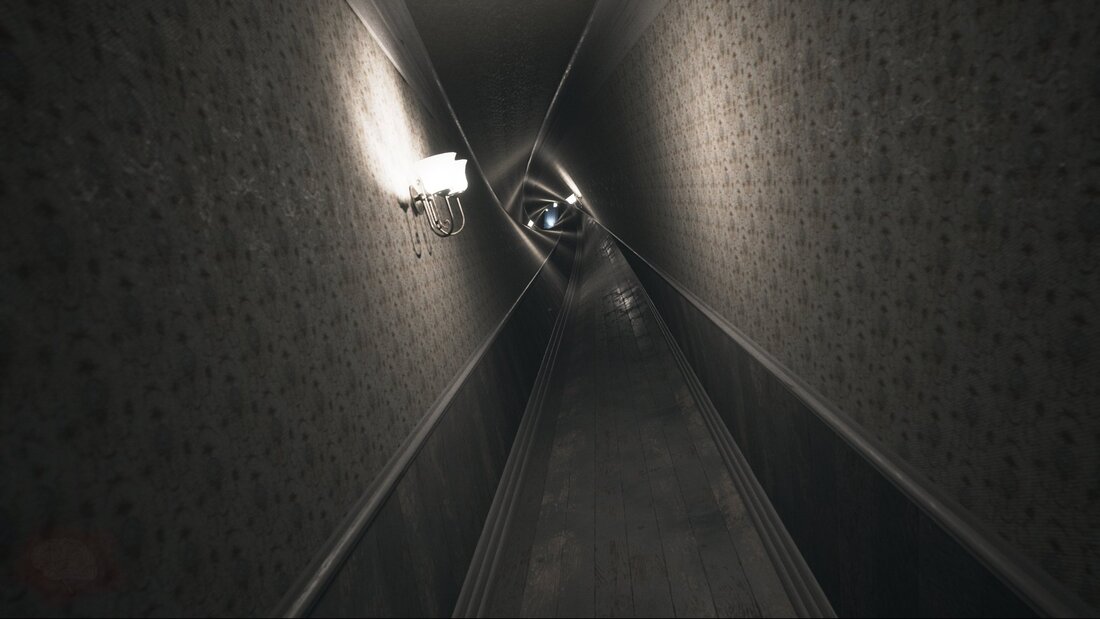

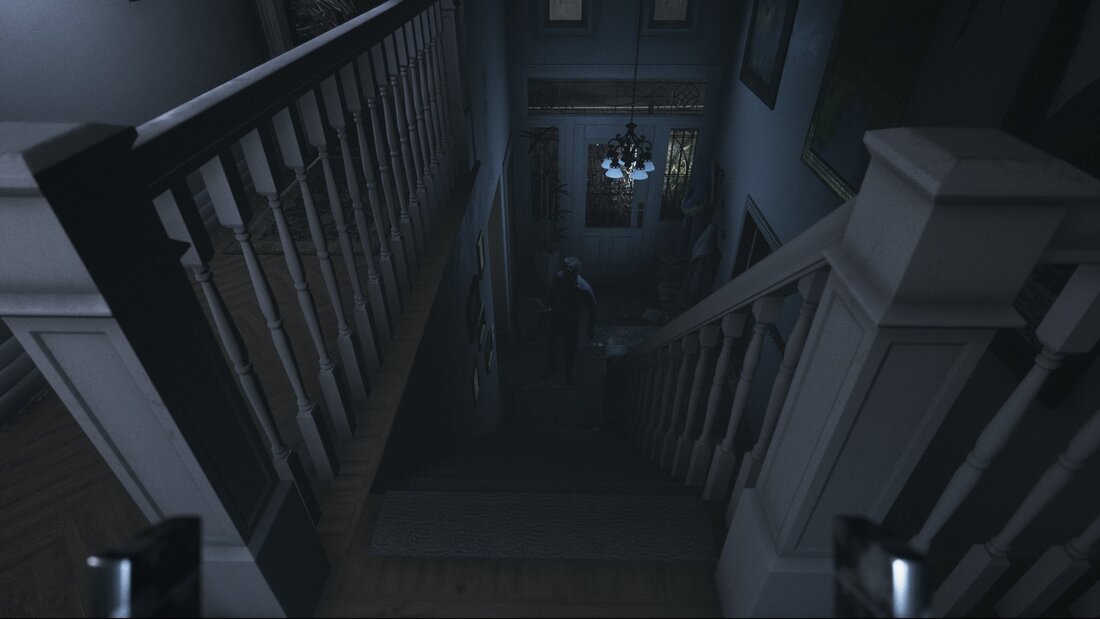

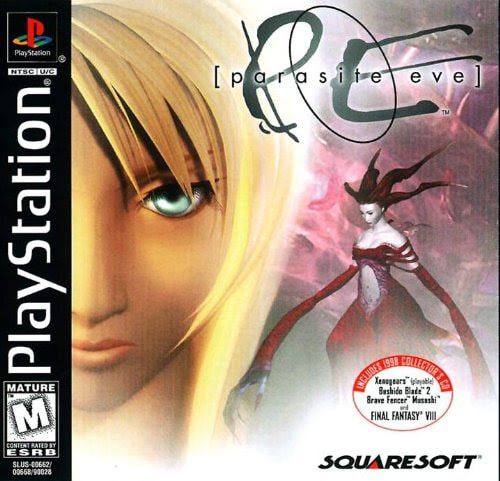
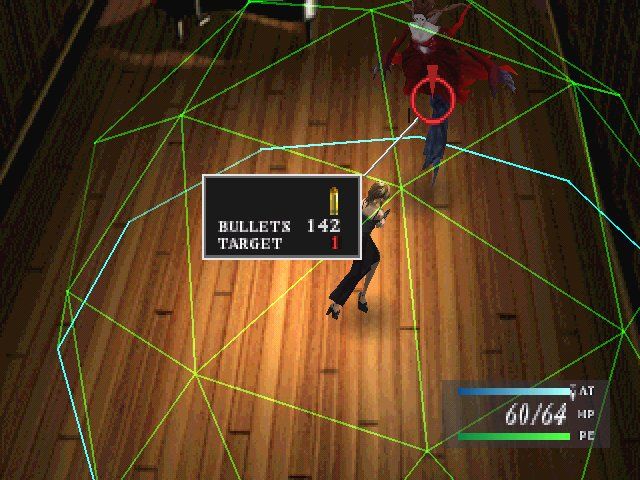
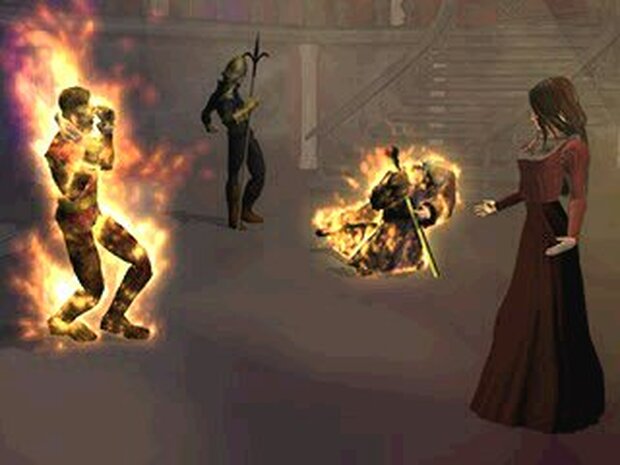
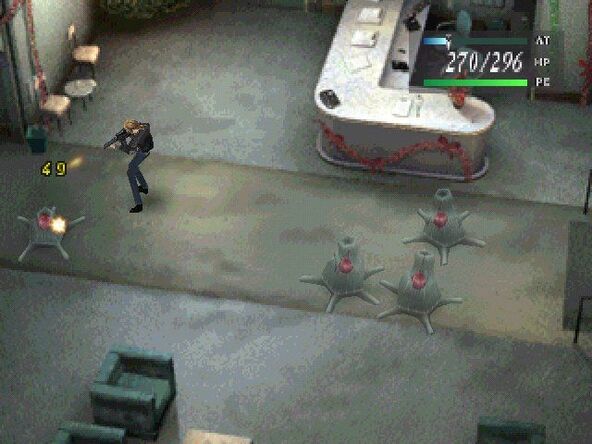

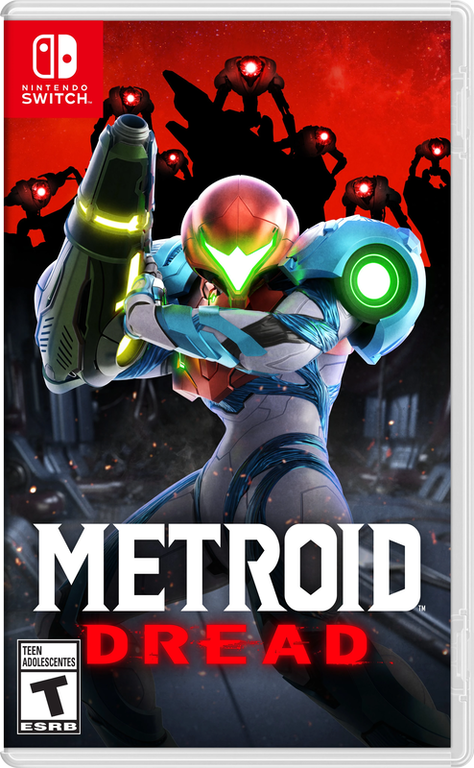

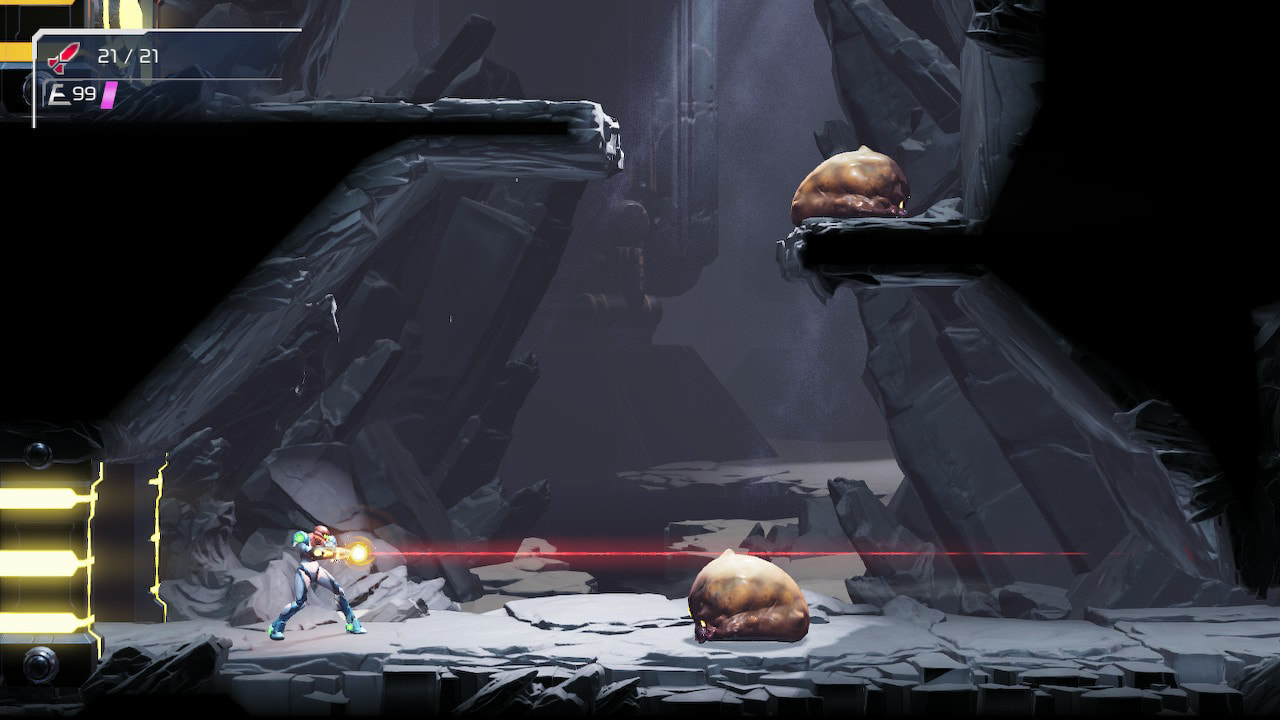
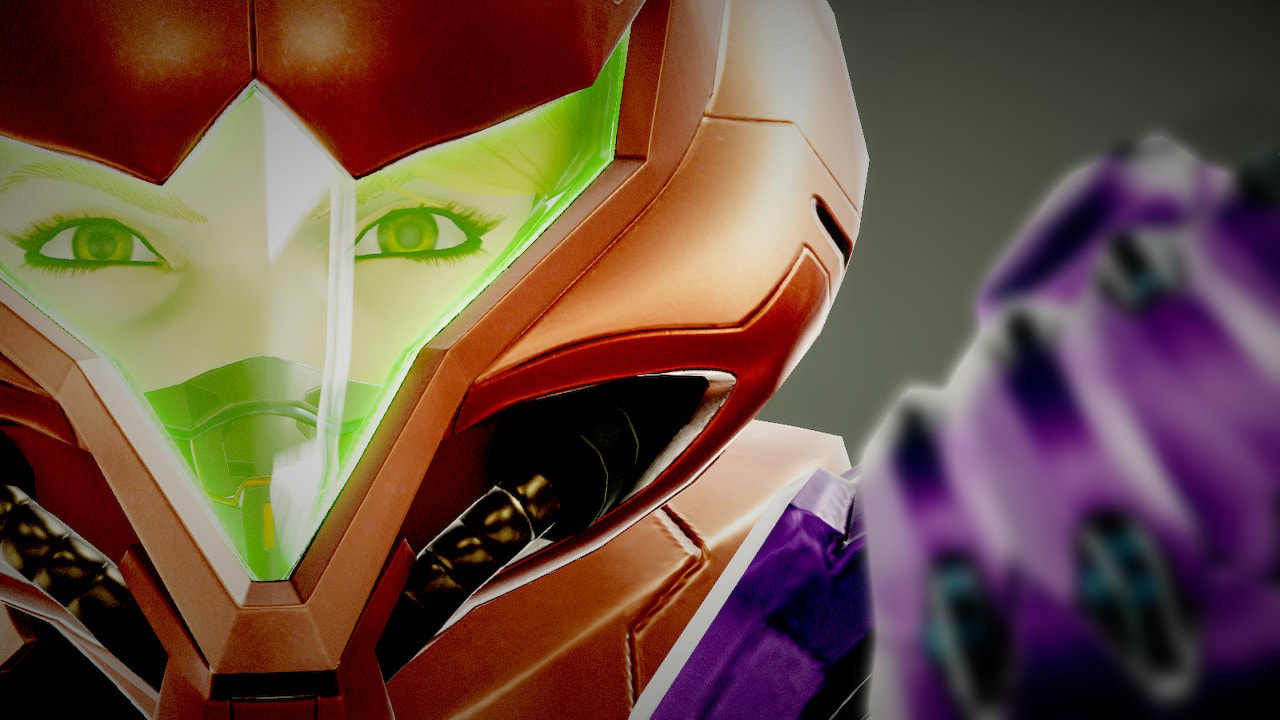
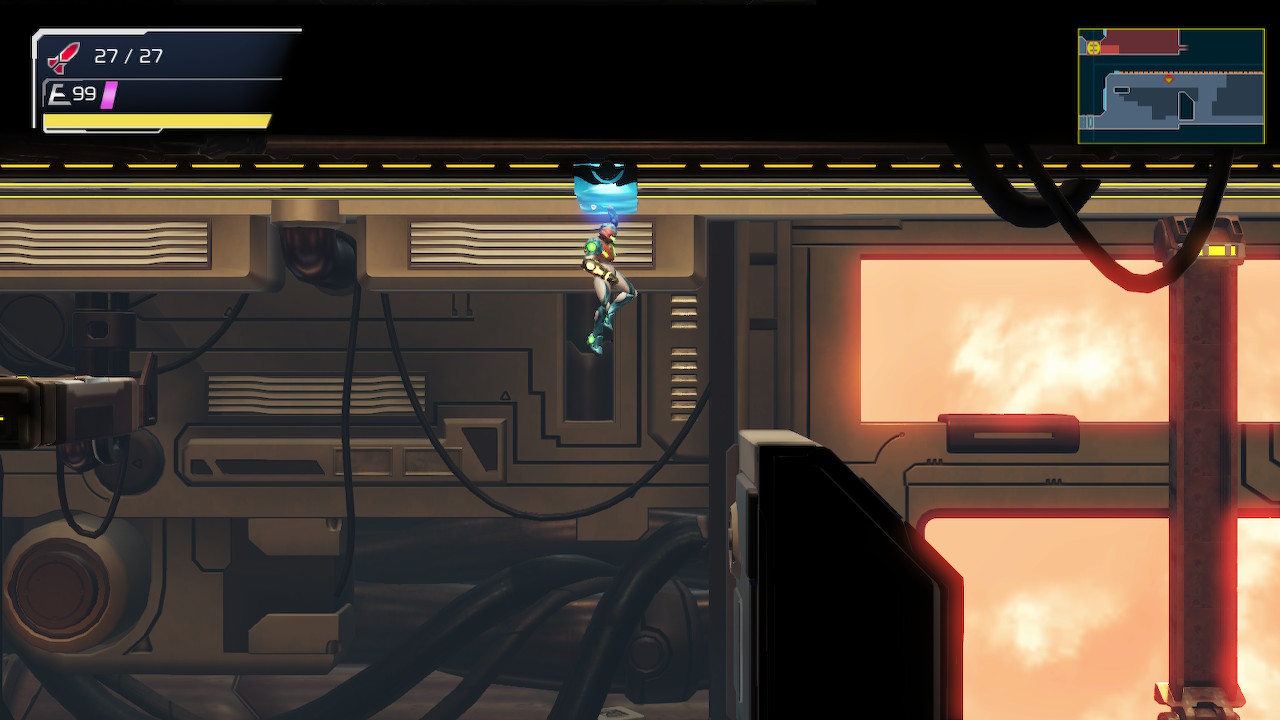

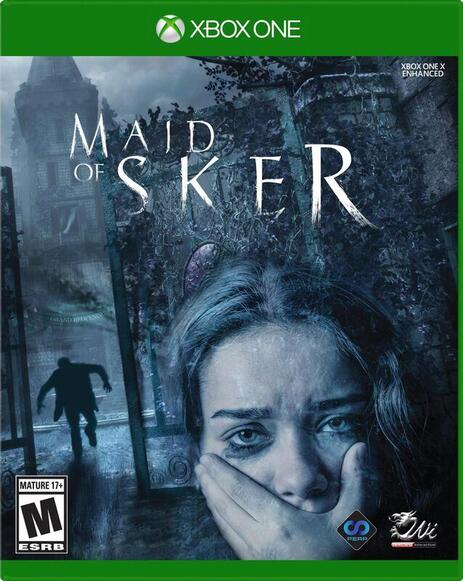
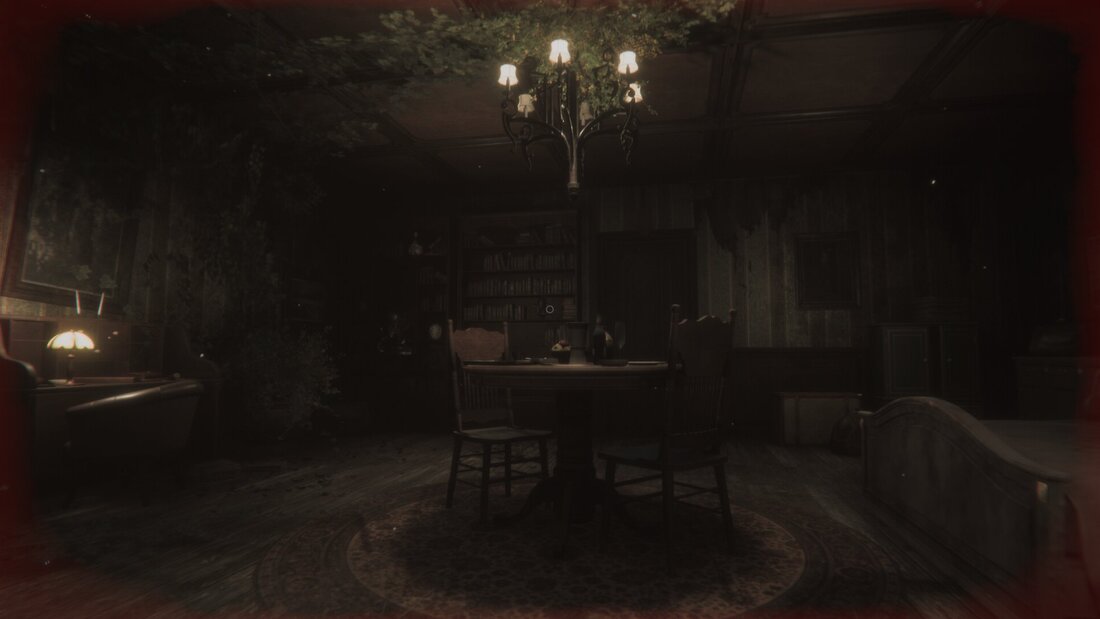
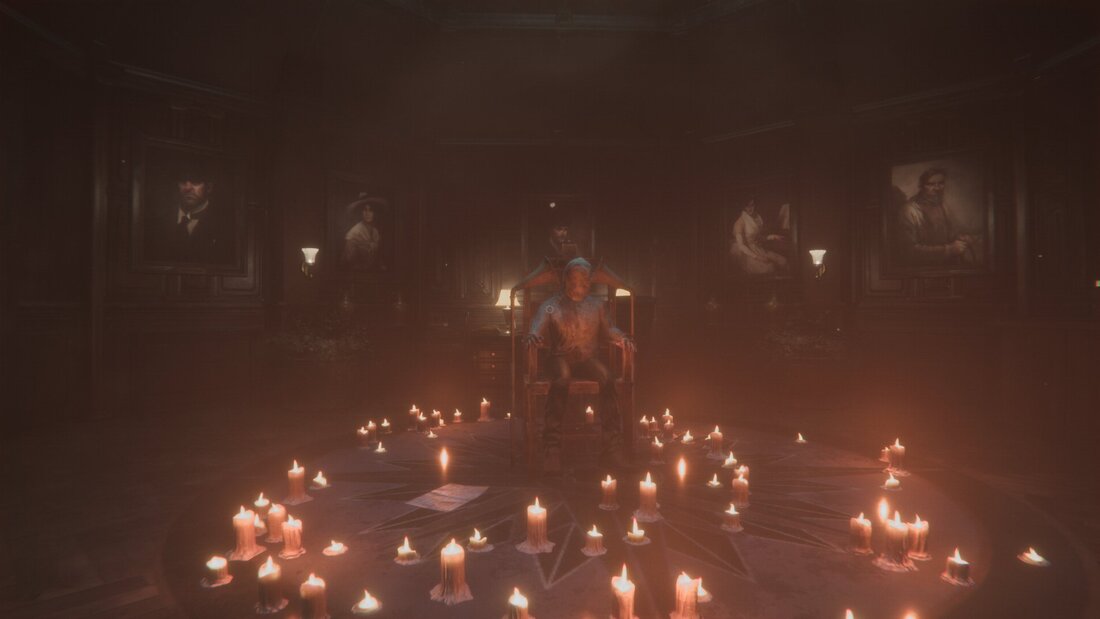
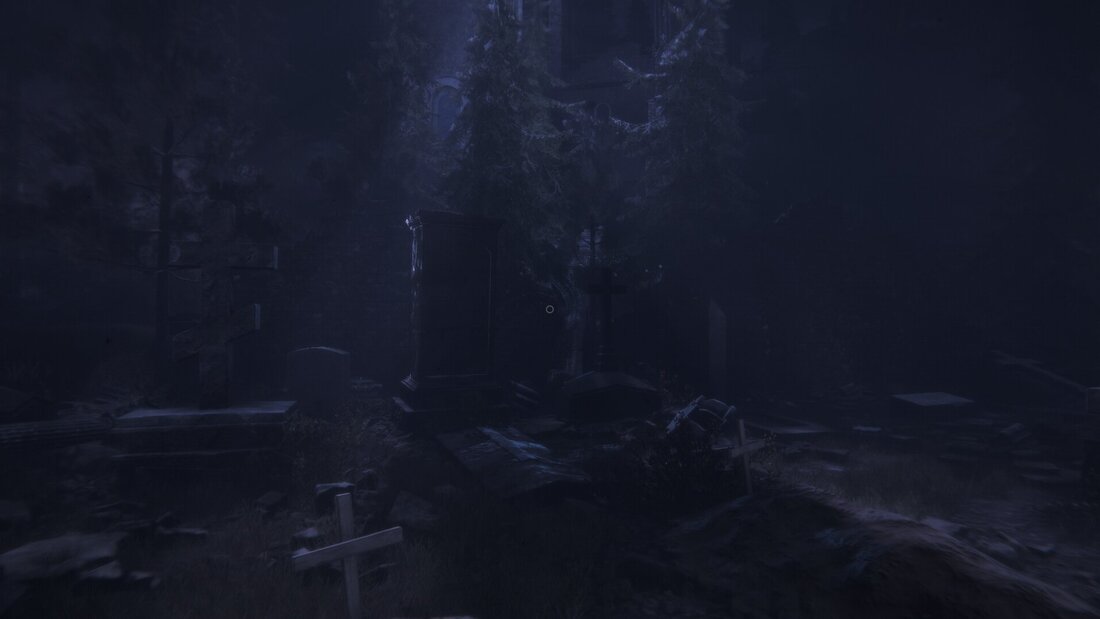
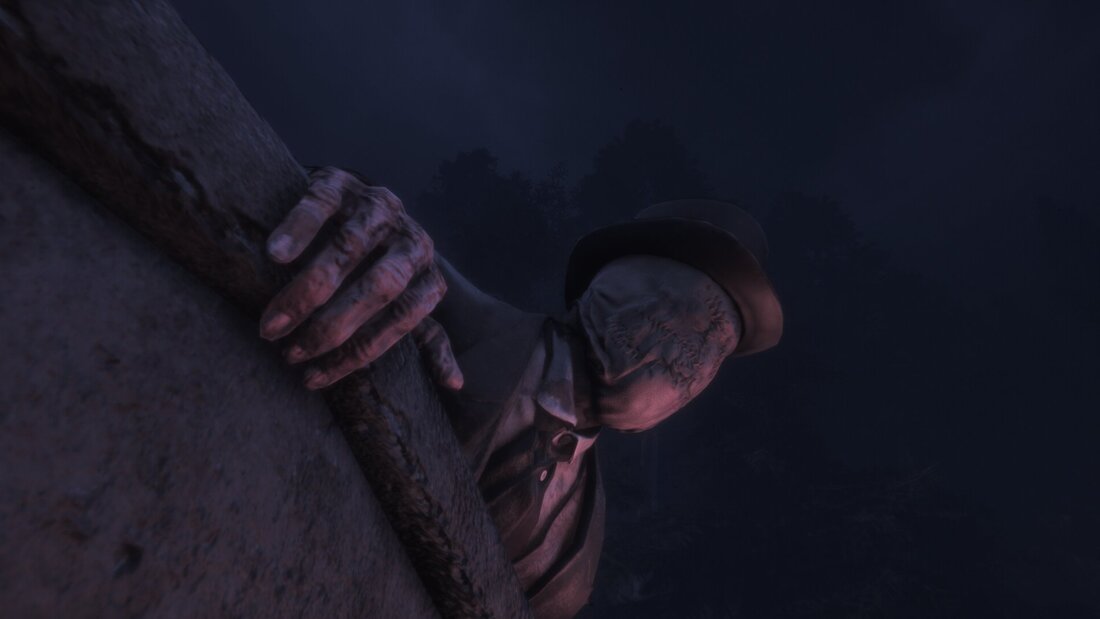

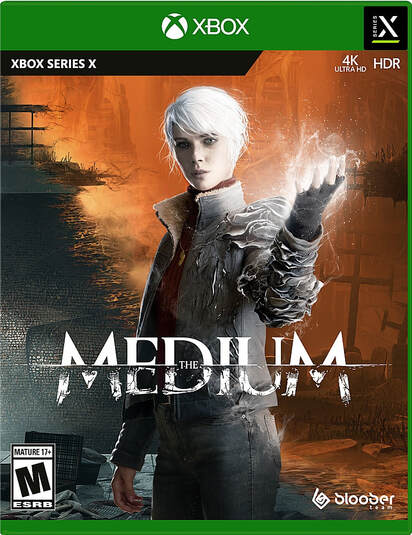
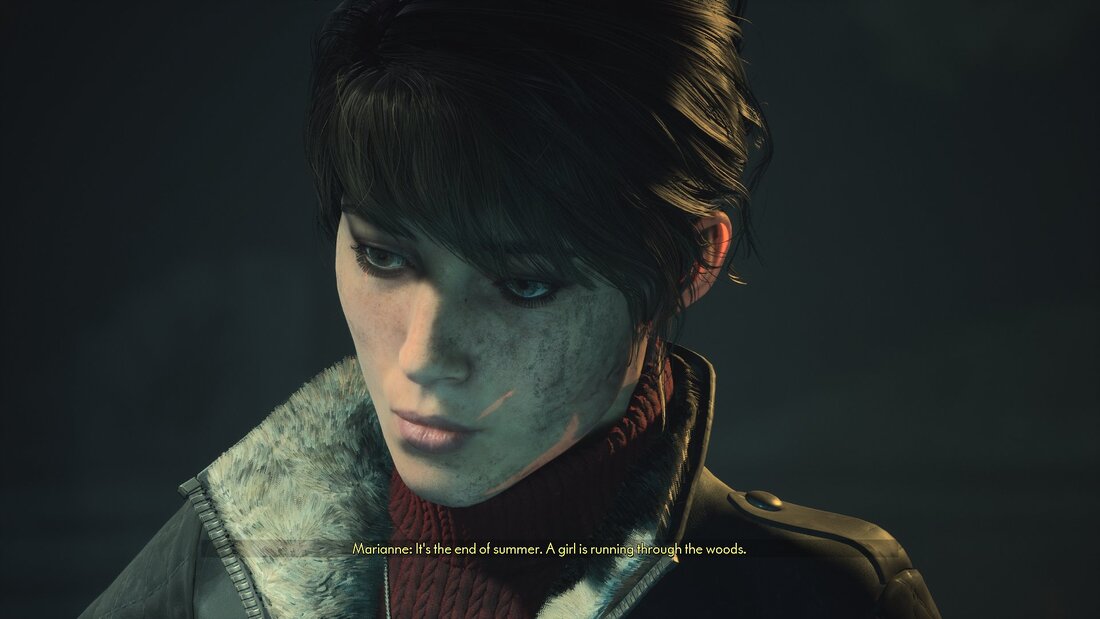
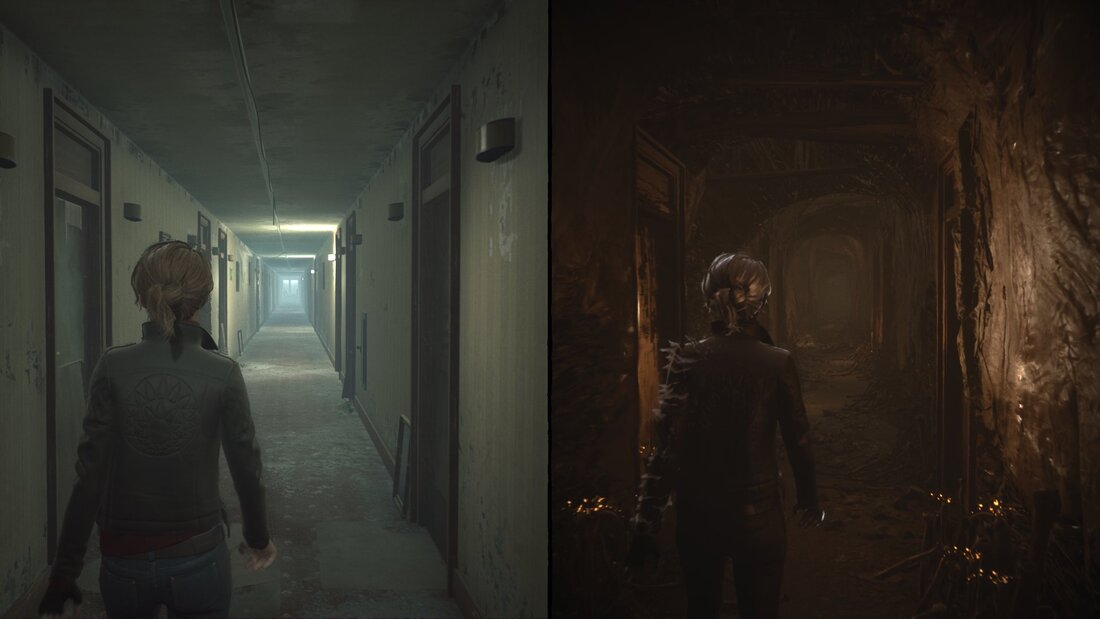
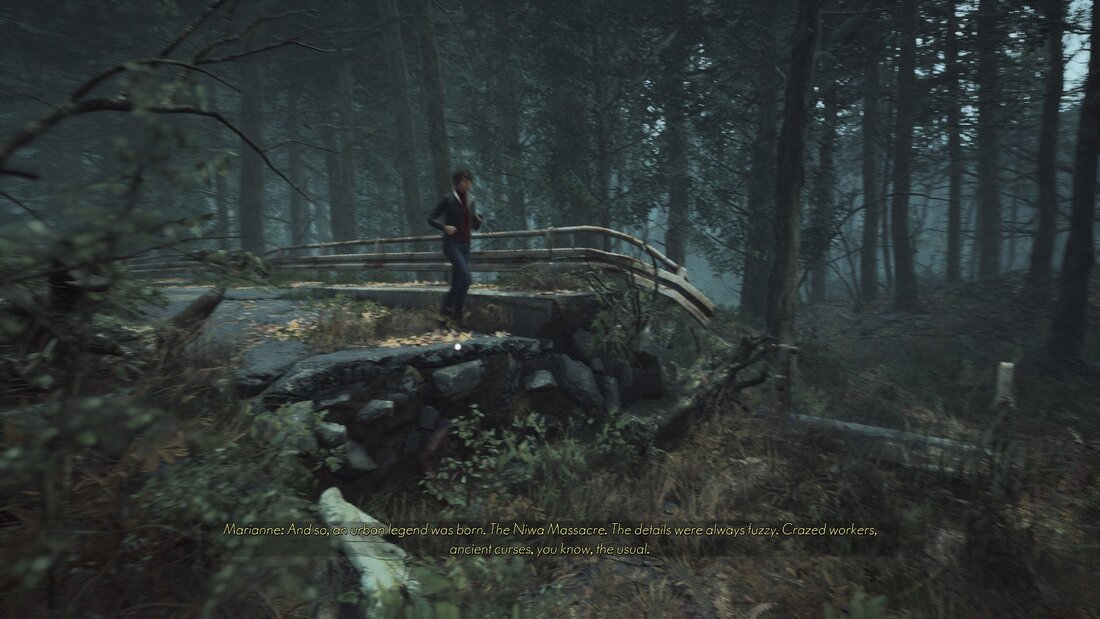
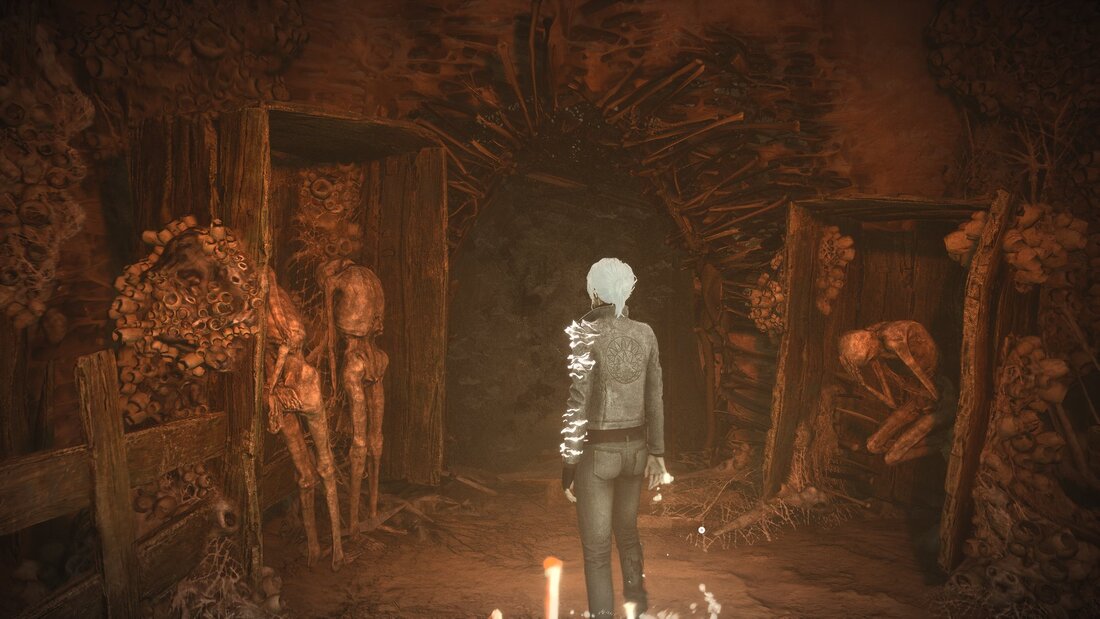

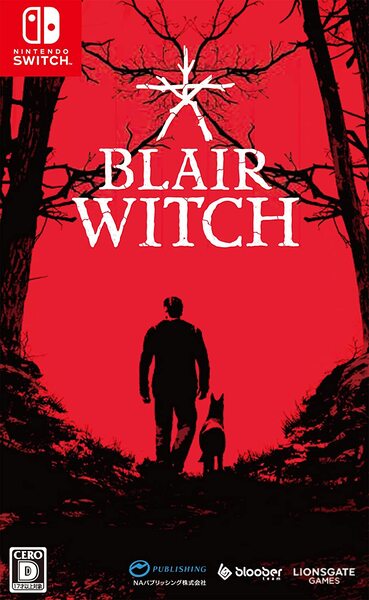
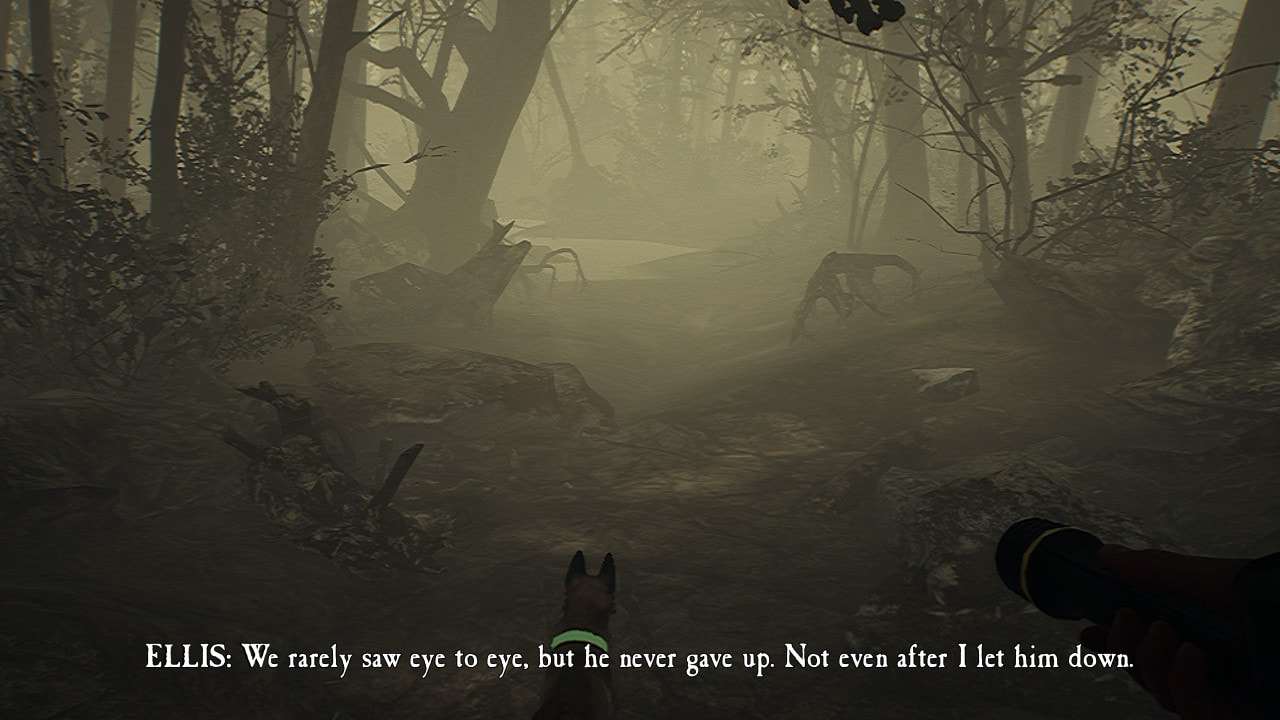
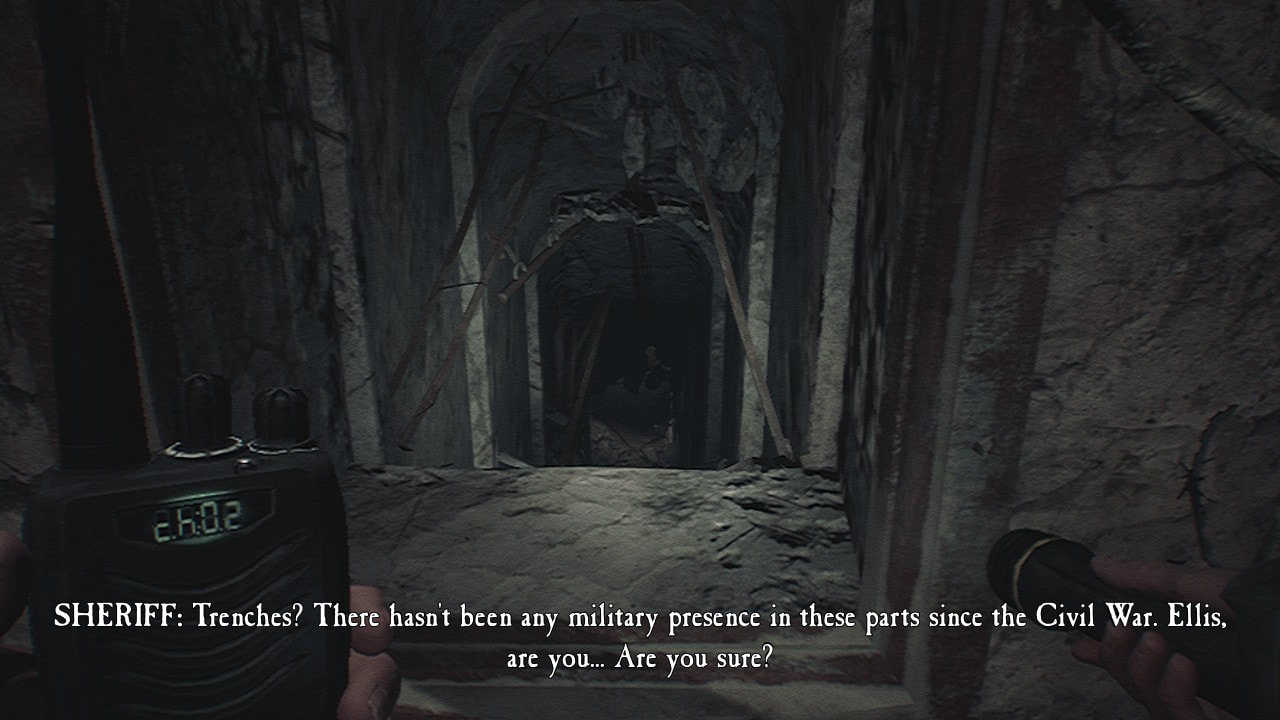
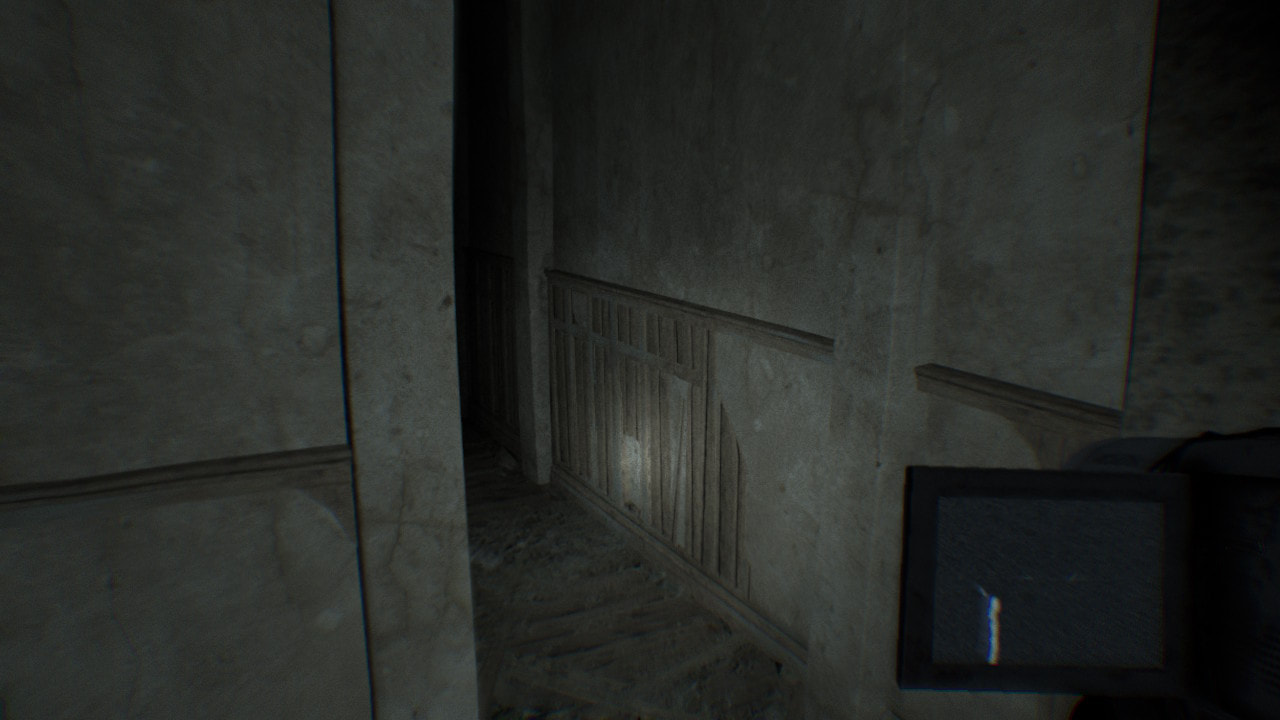

 RSS Feed
RSS Feed
